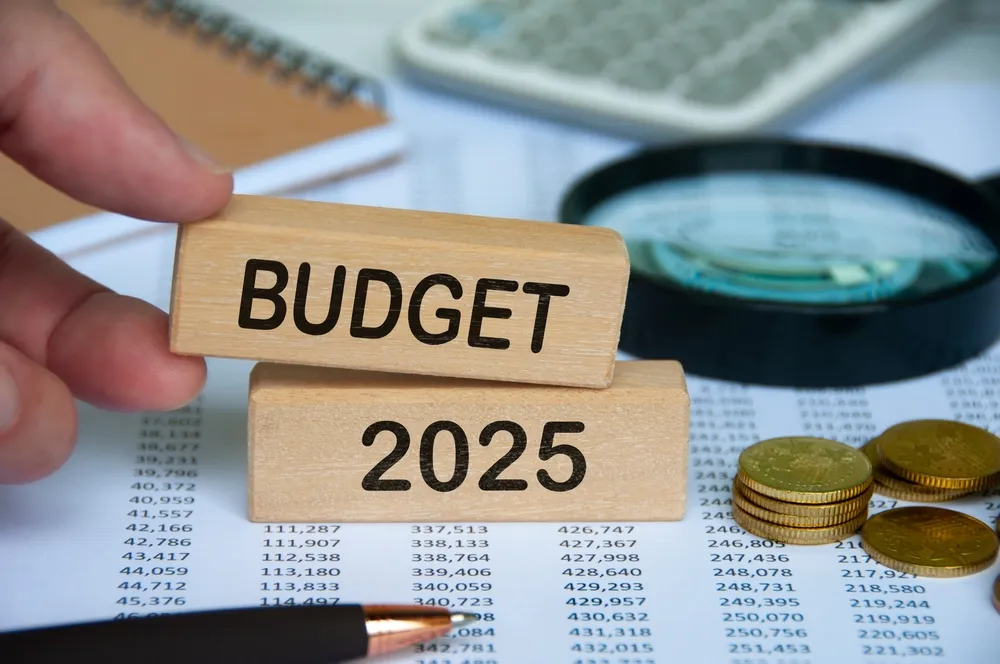Personal Finance News
Can Budget 2025 make salary income up to ₹10-15 lakh tax-free? Here's what tax experts think

5 min read | Updated on January 15, 2025, 11:34 IST
SUMMARY
While making income up to ₹15 lakh tax-free in Budget 2025 seems far-fetched, several tax experts we spoke to believe the government can make income up to ₹10 lakh tax-free under the new tax regime. However, this may not happen by increasing the basic exemption limit from ₹3 lakh to ₹10 lakh.

Increasing the tax-free income limit to ₹10 lakh will not have much revenue implications for the government. Representational image
In the run-up to Budget 2025, recent reports have sparked expectations that the government plans to increase the tax-free income ceiling to ₹10-15 lakh under the new tax regime.
Currently, the basic exemption limit under the new tax regime is ₹3 lakh. Salaried employees get a standard deduction of ₹75,000. Along with a rebate under section 87A, their income up to ₹7.75 lakh becomes tax-free.
Is it possible to increase the tax-free income limit?
“Although the government may not increase the slab limit from ₹3 lakh to ₹10 lakh or ₹15 lakh as some reports suggest, an upward revision of slab limit may be coupled with further increases in standard deduction limits and rebates so that the effective tax-free income increases up to ₹10 lakh,” said SR Patnaik, partner, and head of taxation at Cyril Amarchand Mangaldas, a law firm.
CA Dr Suresh Surana also believes the government can enhance the tax rebate in Budget 2025. However, raising the tax-free income threshold to ₹10 lakh would be subject to some conditions.
“It will depend on several factors, including revenue considerations, fiscal priorities, and economic conditions. An increase in the rebate could provide significant relief to taxpayers and encourage wider adoption of the new tax regime, but it may also impact government revenues,” he said.
Dr Surana further expects that any increment in tax-free income limit might be restricted to the new regime as part of the government’s effort to promote its adoption.
Will revenue concerns come in the way of tax relief?
Experts say increasing the tax-free income limit to ₹10 lakh will not have much revenue implications for the government. However, this move may hit the government’s stated objective of expanding the tax base.
“Raising the tax-free limit to ₹10 lakh or even ₹15 lakh would have a relatively modest impact on the government's overall revenue collection since a significant portion of the taxable population falls below this threshold,” said Ankit Jain, Partner, Ved Jain and Associates, a chartered accountancy firm.
Around 76% of the income tax collected from taxpayers comes from individuals earning ₹50 lakh or above, news agency PTI reported in November 2024.
Since FY 2013-14, the number of individuals with over ₹50 lakh annual income jumped five times to 9.39 lakh in 2023-24. During the same period, the tax liability of those earning above ₹50 lakh rose 3.2 times, from ₹2.52 lakh crore in 2014 to ₹9.62 lakh crore in 2024, the report said.
Jain is concerned about the potential impact of raising the tax-free income limit on the total tax base.
“Higher exemption limit could lead to fewer taxpayers filing returns, which might not align with the government's objective of expanding the tax base. Encouraging compliance and broadening the tax base remains critical for sustained revenue growth, and this needs to be balanced against potential economic benefits,” he said.
How will raising the tax-free income limit help?
Experts believe increasing the tax-free income limit could significantly boost the Indian economy by enabling higher disposable income for the middle class.
“With more money in hand, individuals can allocate resources toward consumption, savings, and investments. This, in turn, can stimulate demand across sectors, increase consumption of goods and services, and enhance economic activity,” said Jain.
“Additionally, this change would likely lead to more funds being routed through formal banking channels, as individuals invest or save their surplus income in structured financial products. This can further strengthen the banking system and contribute to capital availability for infrastructure and developmental projects,” he added.
Pattnaik said increasing the income tax-free limit would make the new regime more attractive. “This will not only provide a much-needed tax relief to the taxpayers but also align with the government’s goal to make the new tax regime more attractive and encourage taxpayers to transition from the old regime.
Dr Surana added that increasing the tax-free income limit to ₹10 lakh could significantly benefit middle-class taxpayers, providing them with more disposable income. “Such a move would also align with the government’s goal of enhancing economic growth by boosting consumer spending,” he said.
By signing up you agree to Upstox’s Terms & Conditions
About The Author
Next Story

